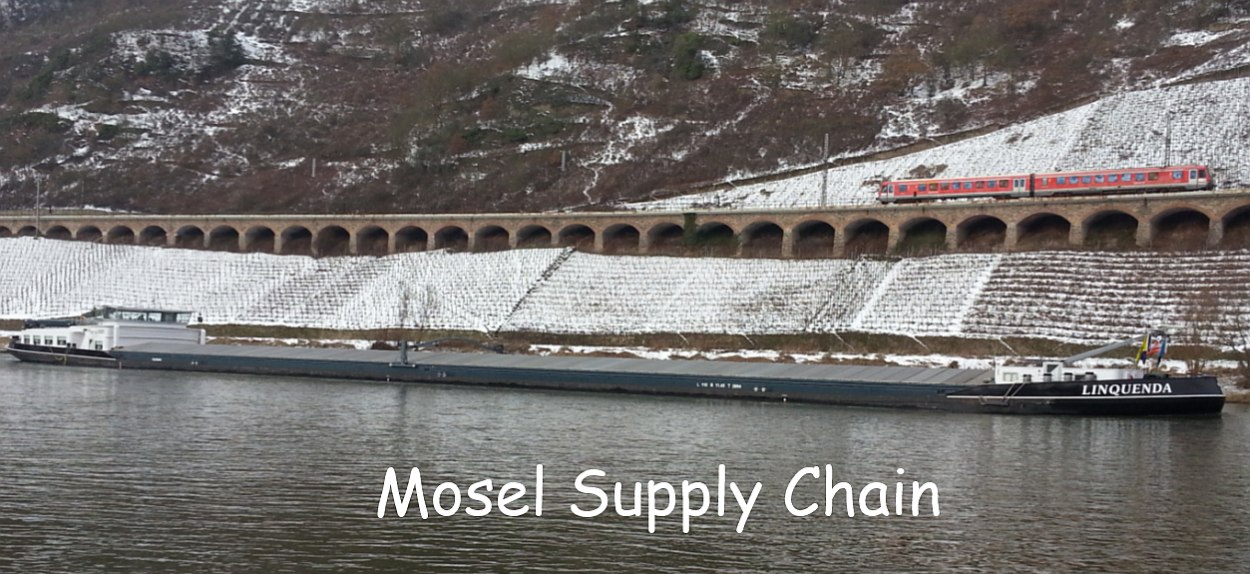Many large corporations are running infrastructure and product development projects that will drive the evolving business model and ensure the organisation's Value Proposition, Profit Goals and Objectives are maintained.
The organisation's internal projects will have an impact on future performance of the organisation and should be an integral part of the companies strategy for success. I have found that PMI’s Project Management Book of Knowledge (PMBOK) to be an excellent tool for helping to define project processes and the knowledge areas required to support the projects. I have used PMBOK on some of the contracts I have worked on and keep a copy of the “Guide to the Project Management Book of Knowledge” on my Kindle. The above diagram has been extracted from PMBOK defining the five main Process Groups and the supporting Knowledge areas.
I have worked as a CIO and had to quickly learn the importance of delivering successful projects on time and to budget and meeting the demands of a successful dynamic international company. Integrating key projects to the Organisation’s Value Chain helps achieve this.
Project Management Value Chain
Critical projects that drive the future Business and Customer Value can be defined in a Value Chain and integrated with the Resource Processes allowing the impact of projects on the future business model to be assessed and corrective action taken.
The Value Chain approach establishes the value the project contributes to the success of the organisation and provides a mechanism for the key stakeholders to understand the status of the project and risks associated with delays and issues associated with not meeting the project objectives. Also the Value Chain can be decomposed into more detailed processes and activities. Below is an example of the decomposition of the Initial Process Group.
The diagram has been developed using ARIS EPC nomenclature and shows the interfaces to the Organisation’s project decision processes which in turn will link to their operational needs. Once a project has been completed it will be handed over to the operating units to manage with their feedback on the the success or failure of the deliverables.








